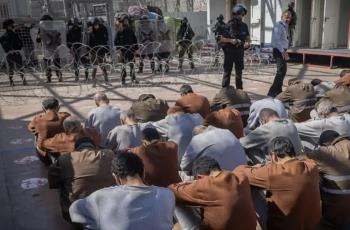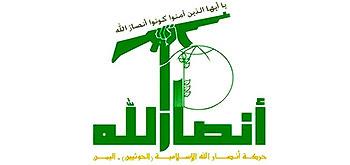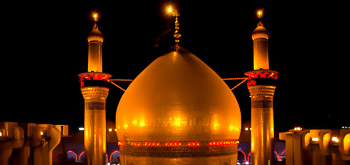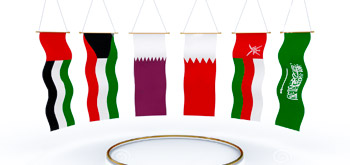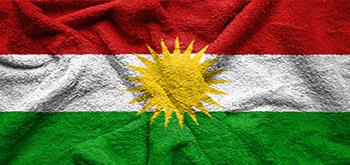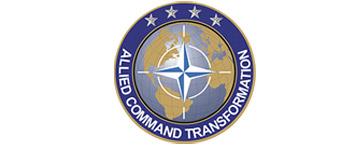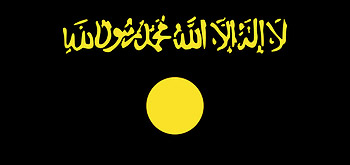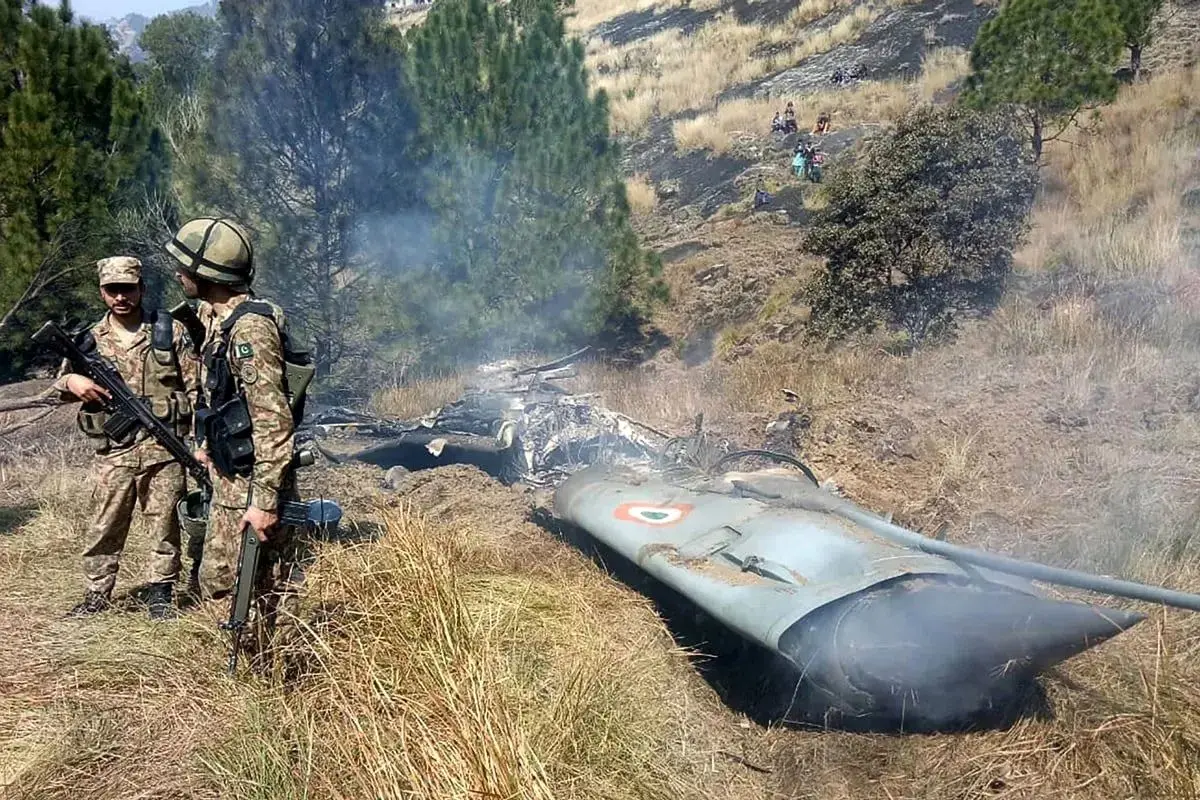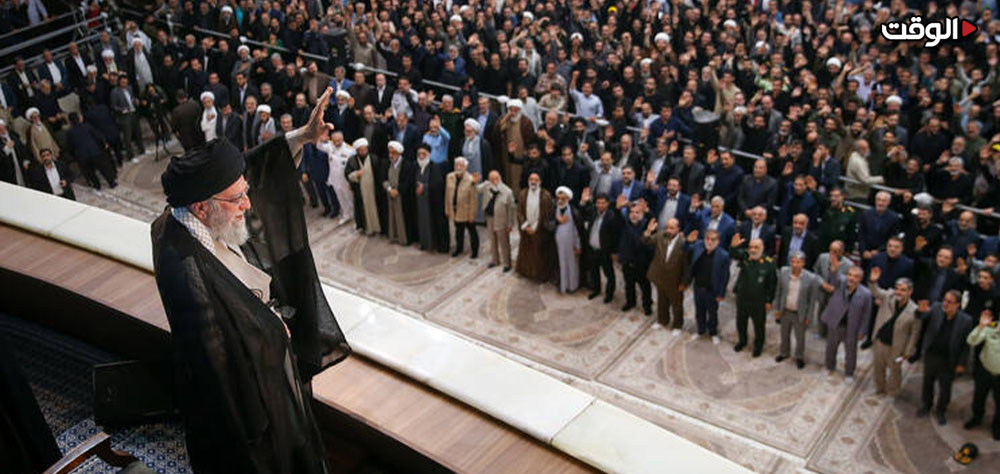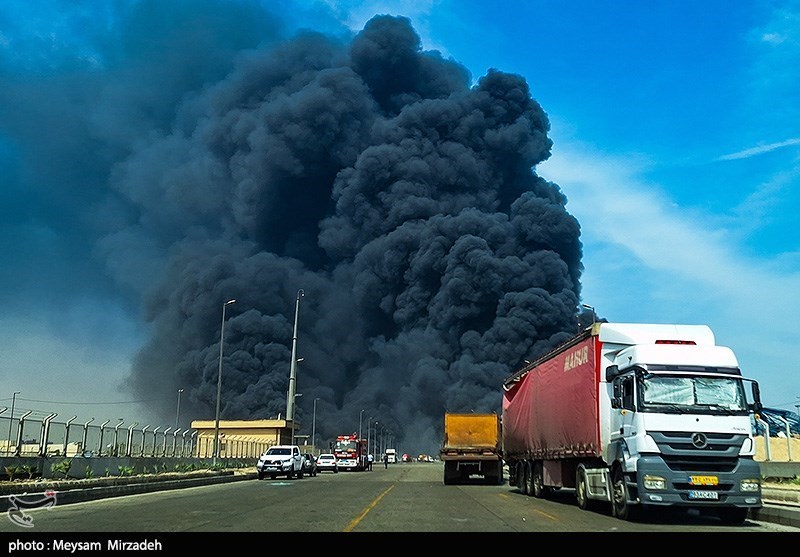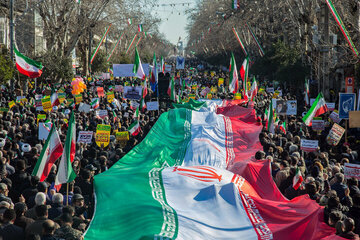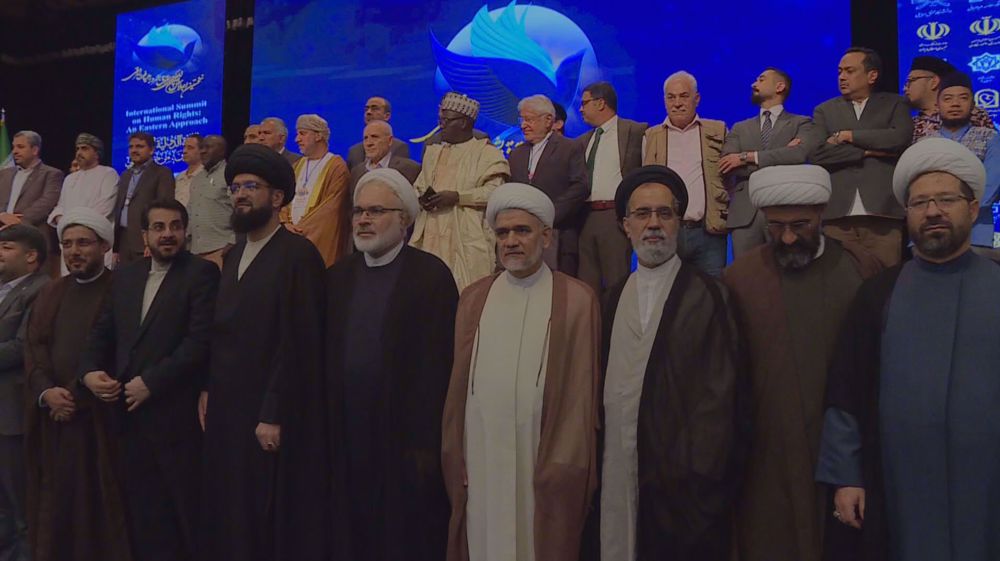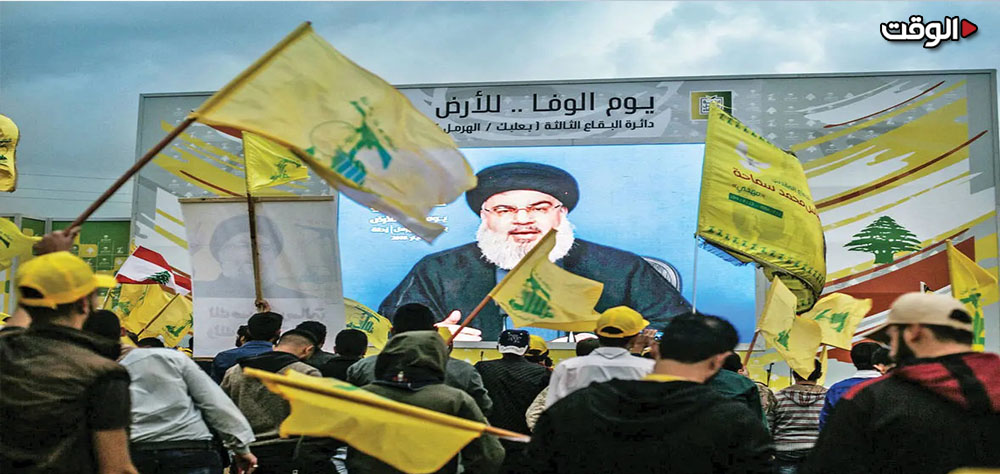Alwaght- Military competition of India and Pakistan as two nuclear powers since decades has been a source of security concerns for the regional and international stability. But what has gained further importance in recent decade is the shift of nature of this competition from a bilateral dispute to a broader geopolitical rivalry where Eastern and Western powers are arming the two sides.
In this context, the Indian-Pakistani military conflict has evolved from a purely bilateral confrontation into a real-time testing ground for the two countries' military capabilities, advanced technologies, and operational strategies. Eastern and Western military powers, especially China, Russia, the US and European powers, have been watching the recent clashes closely to learn the weaknesses and strengths of New Delhi and Islamabad for better directing of their arms exports.
What weapons do India and Pakistan use?
The recent air battle between India and Pakistan was a turning point in the history of modern warfare. India used its best fighter jets, including the French-made Rafales, to attack targets in Pakistan-controlled Kashmir, but what few could have predicted was that five of its advanced aircraft would be shot down by Pakistani air defenses and fighter jets.
According to the Washington Post, India’s Rafale jets were equipped with Anglo-French Storm Shadow missiles and French-made Humvee air-to-ground missiles. The Indian army was also equipped with Russian MiG and Sukhoi aircraft.
India has spent billions buying Western weapons in recent years, but on the battlefield, these weapons have faced challenges such as limited technical support, dependence on the supply of parts, and poor environmental adaptability. Especially in air battles and drone operations, Pakistani forces have shown faster, more coordinated, and more effective performance with Chinese-supplied weapons.
According to reports, in the field of air defense, the Indian army used the Russian S-400 system and two indigenous defense models, the Akash-NG and Barak-8, the former for short-range missiles and manufactured by the Indian Air Force and the Indian company Bharat Electronics, and the latter for long-range surface-to-surface missiles jointly developed with Israel.
On the other hand, according to an AP report, Pakistan officially used the Chinese-made J-10C or "Powerful Dragon" fighter jets in its combat operations for the first time. Pakistan also used JF-17 Thunder fighter jets, which the country co-produced with China.
These fighters are not even the edge of Chinese technology, and Beijing has recently unveiled its sixth-gen J-36 (JH-XX) jet, a project that is passing its flight tests and is capable of turning on its head the air power balance in Asia and beyond. Sporting high-tech features like stealth, AI, and network-centric warfare, these fighters are designed in a way they can directly take on the US's F-35 and Russia's SU-57. Developments of these fighters not only marks a jump in the Chinese military technology, but also will seriously upgrade Beijing's position in the world weapons market and in the Asian air power balance especially in the face of Washington and Moscow allies.
On the other hand, the Pakistani air force has American F-16 fighters and an older French-made Mirage aircraft that it did not use in this war. Pakistan is said to have used American F-16 fighters in the 2019 war with India, but in the past six years, it has changed its strategy and switched to Chinese weapons.
In recent short-lived war that started with Indian attack, Pakistan used advanced Chinese defense systems such as the HQ-9B, which not only destroyed India’s expensive aircraft, but also shook global confidence in Western technology.
By selling Wing Loong-II and CH-4 drones to Pakistan, China has provided Islamabad with surveillance, espionage and even precision strike capabilities. This is while India is still in the development and limited import phase of Western and Israeli drones.
China has delivered HQ-9P air defense systems to Pakistan, which are equivalent to the Russian S-300. In contrast, India has purchased the S-400 system from Russia, but US sanctions and dependence on Western technologies have slowed the delivery and updating of this anti-aircraft system.
Turkish-provided drones beat those of Israel
One of the most highlighted scenes of the battle between India and Pakistan was a direct competition between advanced combat drones, a competition in which Turkish-made drones of Pakistan showed a more effective and superior performance than the Israeli drones operated by the Indian air force. This battle was not only a confrontation between the two countries, but also a demonstration of the military technology power of two non-Western actors in the region. According to the India Express, the Pakistani army has used Turkish-made “Songar” drones and an unknown type of drone in its attacks on its targets in India.
By using Turkish combat drones, Pakistan carried out operations with high precision and low casualties. These drones, with their high maneuverability, long flight endurance, and the ability to carry smart weapons, have delivered precise strikes on military and infrastructure targets, especially in the border areas of Indian-controlled Kashmir. Reports indicate that Indian defense systems have repeatedly failed to detect and intercept these drones.
In contrast, the Israeli Heron TP drones used by India proved less effective on the battlefield despite sporting advanced technology due to their operational complexity, vulnerability to electronic warfare, and dependence on fixed control centers. Also, in some cases, jamming from Pakistani systems caused the Israeli drones to deviate or crash.
The Indian army, media reports said, has also used the Sky Striker suicide drones to attack Pakistani territory. Referring to this issue, the India Express wrote in a report that these drones are designed and manufactured by the Israeli regime and are assembled in Bangalore, India. The Indian news agency claimed that these drones played a major role in India's attacks on Pakistani territory.
Defense experts believe that Turkey's experience in asymmetric wars, from Syria and Libya to Karabakh, has played an important role in the operational design of its drones, while the Israeli drones are designed more for surveillance and long-term operations.
Additionally, in 2016, some sources reported that India was considering installing an Israeli-provided radar system to control the entry and exit of terrorists on its border lines and prevent Pakistani militants from entering Kashmir.
India's Falcon radar system, codenamed EL/W 2090, uses an active phased array system, and its Israeli manufacturer claimed that this system, with a detection range of 400 kilometers and 360-degree coverage, is one of the most advanced models in its class globally, but their output in the Indian air force, both in 2019 and in the recent conflict, has been nothing but an absolute loss. For this reason, with the unsuccessful performance of Israeli drones and radar systems in the recent war in the subcontinent, the Indians have reportedly regretted purchasing this type of weaponry from Tel Aviv.
China wins the weapons competition in Indian Subcontinent tensions
The recent war, despite its regional aspects, has become real labratory testing the weapons of the world's military powers, where the superior performance of Chinese-made arms has tipped the global scales in favor of Beijing and challenged the capabilities of Western arms. Lower prices and faster access to technology have made China a more attractive military partner for countries like Pakistan. Unlike the West, China is willing to share key technologies with Islamabad.
It is even said that after the recent India-Pakistan war, the shares of Chinese arms companies have been on an upward trend, but the French Rafale company has lost part of its market value, which is a wakeup call to countries like Saudi Arabia that have been looking to buy this type of fighter jets from France.
Given India’s dependence on diverse suppliers, a complex defense bureaucracy, and delays in localizing technology, Pakistan has been able to modernize its military capabilities more quickly by relying on China and the “simple but effective” model. China has also used this opportunity to test and improve its technologies in the real field, to the point that Chinese drones and systems are now used in several other countries.
Experts believe that after the 2025 war, the order of the global arms market is changing. Although the US remains the world’s largest arms exporter, China is changing the equation with its “cheap, effective, and indigenously producable” model.
With its tactical and technological victory in the recent war, China is now not just an arms exporter but a decisive geopolitical player in the military competition of the 21st century.
Military experts believe that the recent war has told the world that the Chinese weapons are not only cheaper, but also more sophisticated. These weapons are produced for asymmetric warfare and complex conditions and contrary to the expensive and heavy Western Western weapons, they have higher speed and flexibility on the battleground.
The result of this war was a symbolic and strategic blow to the credibility of decades of Western military technological dominance. Countries that previously relied solely on American, European or Israeli weapons now look to Chinese options as a cost-effective and efficient solution. Demand for Chinese weapons has jumped significantly since this war, and Beijing is increasingly confident in expanding its military influence and exporting its technologies to countries in Africa, West Asia, and Latin America.
The recent Indian Subcontinent war has proven that the era of Western military technology monopoly is over and showed how Eastern military equipment can have the upper hand in a full-scale battle and become a fierce competitor to American and European arms companies. Thus, the once-young Chinese dragon has now become a full-fledged one not only in the economy but also on the global battlefields, capable of making its way to becoming a superpower by 2049.
US moves to grab Indian market from France
The US that for a long time has been seeking to deepen its military foothold in South Asia and cut Indian dependence on Russia and France now takes advantage of the damaged image of Rafale fighters. Reports say that since months ago Washington has been talking to India to persuade it to buy American fighters for secure air superiority against Pakistan and increase Indian dependence on the West, especially the US.
Therefore, the US has used this space to put on the table broader technical, financial and technology transfer proposals. The Pentagon has repeatedly voiced its support for joint production of fighter jets in India, a move that would not only strengthen India’s domestic defense industry but also deepen strategic ties with Washington.
From Washington’s perspective, the Rafale’s defeat in the war is not only a weakness for France but also a golden opportunity to change the balance of the arms race in the Subcontinent. The US wants to end the geopolitical competition in South Asia in its favor by undermining China’s arms influence in Pakistan and replacing Western equipment in India.
At a time the weapons competition in South Asia has become a test of world powers, the US tries to unseat France in the Indian military market. Rafale loss in the recent war can work as a launching pad for the American fighters.
In fact, the Indian-Pakistani war was not just a regional conflict but a field exhibit for arms manufacturers in the East and West, and the great powers are now tailoring their offers with redoubled precision, not just to sell arms, but to consolidate their geopolitical influence in one of the world's most sensitive regions.


